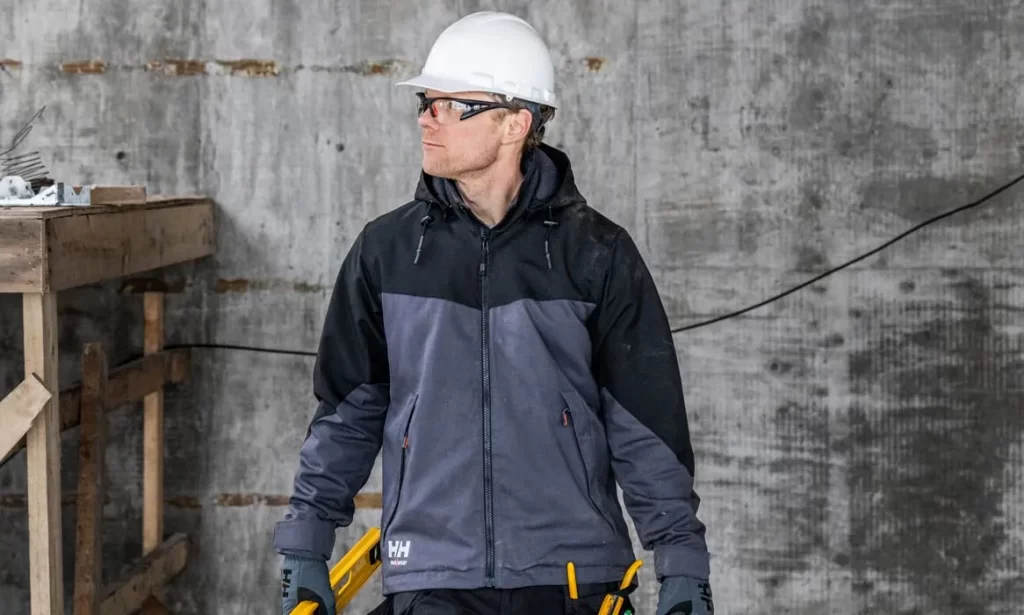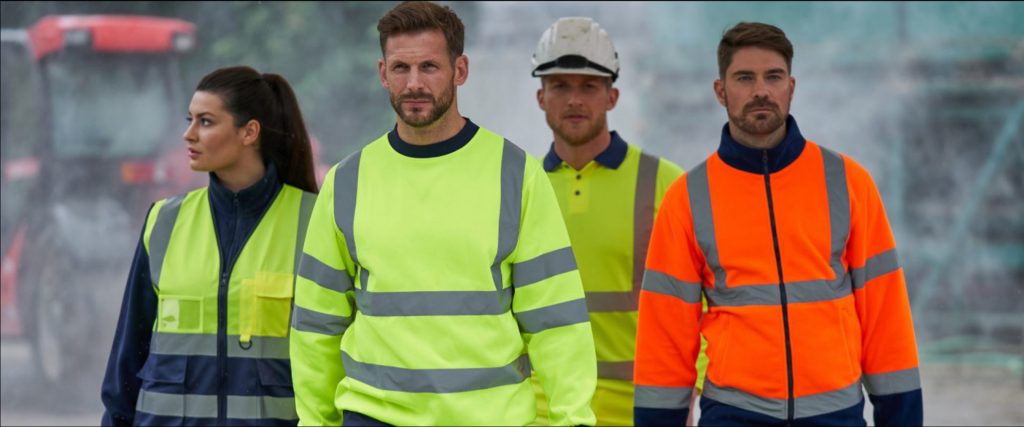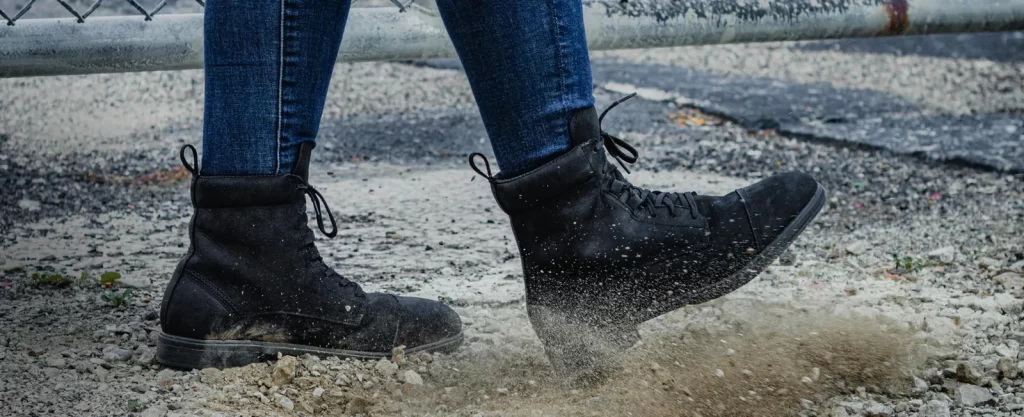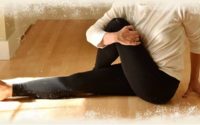How to Choose the Ideal Workwear for the Toughest Jobs: Where Comfort Meets Quality
You should never underestimate the importance of good work apparel, especially when it comes to people doing tough jobs, such as working on construction sites, operating heavy machinery, driving trucks, working on docks, and relocating. The most important job of these clothes is to keep the workers safe, but good workwear will also increase the productivity and focus.
Remember that not all work clothes are made the same, as some are more casual than others, and some require layers of protection or insulation.
Hi-Vis Clothing
Workers must wear high-visibility gear when working near large machinery or moving vehicles to stay safe. Whether you’re on a work site or in the middle of the road, these clothes will make you more apparent to everyone, even from a greater distance. You can find and buy workwear online or just go to the store and try them on. It’s a very straightforward method that prevents accidents and keeps people safe.
Polyester and vinyl, two durable and water-resistant fabrics, are most commonly used to make this type of garments. These clothes are always in fluorescent colours such as yellow, green, orange or red. You can find 3 categories of hi-vis clothing on the market. Class 1 has the least reflecting materials, which means the lowest visibility. Workers in warehouses and those who gather shopping carts from parking lots both wear these outfits. This includes reflective vests and shirts.

Wearing class 2 fluorescent clothing increases visibility. They are clothes with long or short sleeves but no reflective tape. The best high-visibility reflective clothing is class 3. For the workers to be as visible as possible, they have reflective tape and long sleeves. People who work near traffic, construction zones, or on highways frequently wear similar outfits.
Jacket
One of the most popular hi-vis items is the jacket. It covers a significant portion of your body, making you highly visible from a distance. It usually has pockets built into it where you can keep your belongings or tools, such as a wrench, torches, or screws. These jackets are constructed from sturdy materials that can withstand wind and rain. They can take the form of hooded jackets and waistcoats with short or long sleeves.
Vest
A vest is a decent option in place of the jacket. It will give you the visibility you need while also allowing you to feel more at ease without having your arms covered. It’s compact and light and can shield you from the sun’s dangerous UV rays.
Shirt
Work shirts give off a feeling of safety and warmth. They are waterproof, they can have long or short sleeves, and they always come with an optional hood. Worn on their own or in combination with other reflective clothing, such as work pants or a jacket, there are plenty of styling options to work with.
Overalls and Coveralls
Overalls and coveralls are both types of work wear worn to protect clothes underneath. Over the years, coveralls changed a lot before taking on their current look. Work coveralls are now made from many different materials and colours. They also have many different features and additions such as zipper closures, padding, different sized pockets, insulation etc.
The main difference between overalls and coveralls is the material and the surface they cover. Overalls are made from lighter materials and don’t cover your arms. Coveralls on the other hand serve as protective clothing and cover your whole body. People working with paints, decorating, mechanics, factory workers and farmers all use this as their protective garments against chemicals, oils, dirt, grime etc.

It’s important to get the right size overalls when you go buy workwear online or at the store. One way to see what size you are is to measure your waist. In general, if your waist is 90cm, you should get a size 90. But there may be some changes so always check with the size chart the manufacturer has. It’s recommended that you get one size bigger so you’ll have enough space underneath for your regular clothes. Never buy a size smaller. It’ll be too tight, restrict your movement and interfere with your performance.
It is always ideal to wear long sleeves and pants underneath coveralls no matter the weather. This will give you a base layer on your skin and you won’t get uncomfortable chafing and irritation. Coveralls are designed to be worn on top of everyday clothes. Depending on the workplace, removing the coveralls when leaving the work area is pretty simple and doesn’t take a lot of time.
Boots
Your work boots can make or break your work experience depending on what you do. You have to know what you’re looking for while choosing work boots. This will greatly assist you because occupational hazards differ from one workplace to another. For example, construction workers will need composite toe boots and people working at the power plant need boots with electrical resistance.
Safety is something you shouldn’t compromise on when it comes to the footwear. In many cases, high-quality boots can save your leg and even your life. Steel toe boots will be perfect if you work in construction, carpentry or with lumber. There are many heavy objects that can fall on your feet and cause serious injury. Composite toe boots can be made of Kevlar, plastic or carbon fibre. They are great to keep you safe if you work outdoors.

Support in a work boot is provided by a number of factors. They work together to properly accommodate your feet. These factors are the insole, midsole, shank, puncture plate, and outsole. All of them have to be strategically placed and made of high-quality materials in order to provide the best possible support. If any blistering or discomfort appears, consider upgrading or replacing the insole.
Comfort, fit and flexibility are a top priority. When you spend so many hours on your feet you need the best you can get. By fulfilling these requirements you’ll perform better and you’ll be free of distractions. The fit is another thing to pay great attention to. Check for any hot or pinching regions because these are uncomfortable areas that are not going to go away with time. The best material to provide flexibility is leather. So, if you have the chance, get yourself a pair of leather boots that won’t restrict your movements.
It’s not pleasant to have freezing toes or to be walking about in wet boots. That’s why wearing weatherproof shoes keeps you comfortable. Since bacteria love moisture, it can be really dangerous if you spend all day in soaking shoes. Having high-quality waterproof boots will keep you warm and safe.



